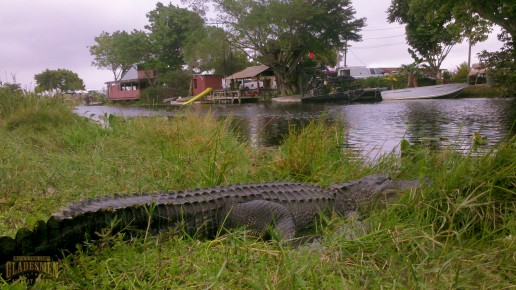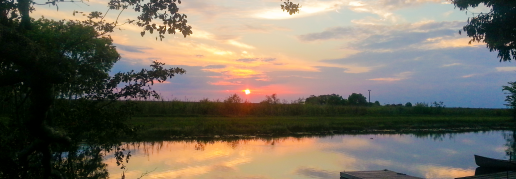Everglades Snakes
The Florida Everglades can evoke images of many different animal species like alligators and egrets, but not snakes so much. Among the hundreds of species of Everglades wildlife that dwell here, there are 29 species of snakes, only 4 of which are venomous. They may not stand out like a roseate spoonbill or a bull alligator, but you could spot one lurking in the marshes and tree islands on an everglades airboat tour.
The Everglades offers the exciting opportunity for all visitors to see a unique environment and the animals that live there up close and in person. Like the other wildlife here, snakes play a vital role in the ecosystems of the Everglades. Whether you’re looking to visit the ‘glades, are just curious about Everglades snakes, and maybe wondering which ones to avoid, here’s some information about these reptiles.
Non-Venomous Everglades Snakes
Red rat snake – these constrictors can climb trees and are found in hardwood hammocks. Their reddish-orange to brownish-yellow patterning outlined in black makes them easy to spot. But, they’re known to spend time underground mostly.
Eastern Garter Snake – Averaging at 18-26 inches long, these snakes are recognized by the three yellow stripes that run down their bodies. They prefer moist areas like the sawgrass marshes to feed on small frogs, fish, and salamanders.
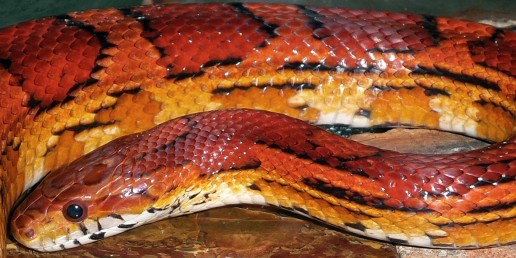
Scarlet King Snake – This snake bears a strong resemblance to the highly venomous coral snake, but is distinguished by its red, pointy nose. It gets its royal name because it can eat venomous snakes without being affected by their venom.
Burmese Python – This exotic invasive species has recently passed the American Alligator as the apex predator of the Everglades. With an average length of 10 – 18 feet, the Burmese python is the third largest living snake in the world! These snakes arrived in the Everglades as abandoned pets.
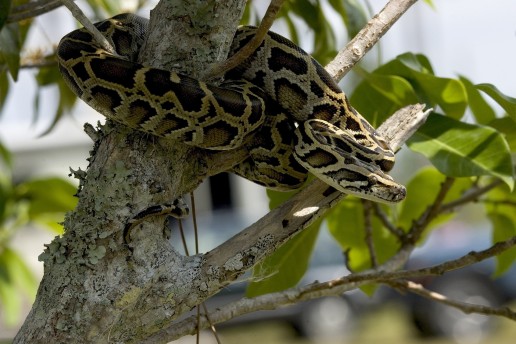
Venomous Everglades Snakes
As was mentioned earlier, there are only 4 species of venomous snakes that reside in the Everglades.
Coral Snake – A pretty sight to behold, the coral snake is a bright and colorful blend of red, black, and yellow. Preferring to stay underground, they are rarely spotted and difficult to see. Though they account for less than 1% of all snake bites, the coral snake is highly venomous.
Pygmy Rattlesnake – pygmy rattlesnakes have thick, greyish bodies with dark blotches on their backs, making them hard to spot. They are among the smaller species of rattlesnakes, averaging between 14-22 inches long. Pygmy rattlesnakes prefer swamps and sawgrass marshes, but can be found in other habitats.
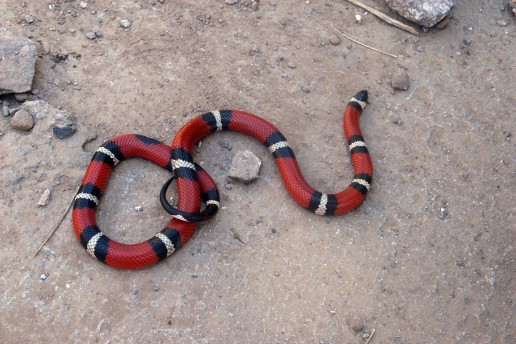
Florida Cottonmouth – Also known as the water moccasin, the Florida Cottonmouth is the only venomous water snake in North America. The Florida Cottonmouth can be identified by the dark bands that run down from each eye and their dark reddish to greyish, thick bodies. These strong swimmers are found in other habitats.
Eastern Diamondback Rattlesnake – Reaching up to 7 – 8 feet long, the Eastern Diamondback Rattlesnake is the largest venomous snake in North America. They are tan to greyish with a black diamond pattern on their backs, and their tails are tipped with a large rattle. Diamondback Rattlesnakes can be found in the drier habitats of the Everglades, like sandhills are hammocks.
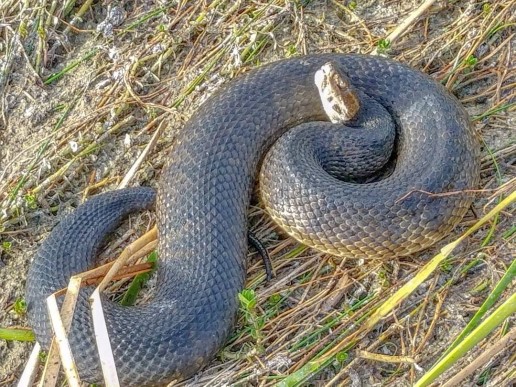
As menacing as they may look to some, snakes play their part in the Everglades food web. Everglades snakes regulate insect and rodent populations, and even other venomous snakes by eating them! Though they are often shy, you’re likely to see them among the many other varieties of wildlife on an Everglades airboat tour at Mack’s Fish camp.
Bizarre Foods In the Everglades
Residing in the vast wilderness of the Florida Everglades, for five generations the Gladesmen Culture has endured by living off of the land. The many different habitats here have provided us with a great bounty of food from both the land water. A few years ago, TV host Andrew Zimmern cam to Mack’s Fish Camp to sample some Gladesmen cuisine as part of his Travel Channel program, “Bizarre Foods”.
The Other Florida
In the episode “The Other Florida”, Andrew spent the afternoon with Keith and Marshall Jones, who were happy to share a glimpse of Gladesmen Culture with the world (You can watch it here). They took an airboat ride into the Everglades to show Andrew the land they call home. They also grabbed a few resources from it that they call supper in the Glades, some Bracken fern fiddleheads to have as a side dish. For an entrée, Marshall made fried and grilled frog legs from the haul he and Keith had caught frog gigging the night before.
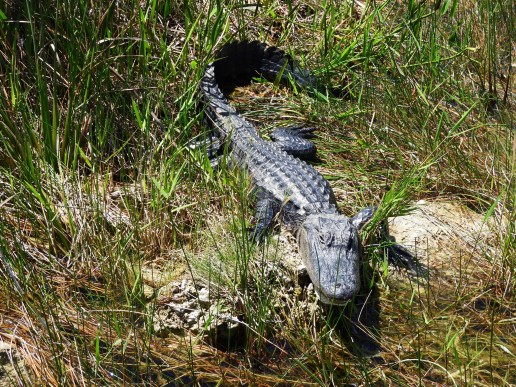
It's Not TV, It's Gladesmen Culture
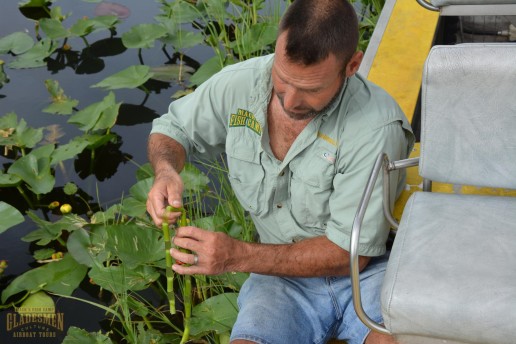
All in all, Andrew had a great time visiting and exploring our “Other Florida”, and found our distinct cuisine to be as delicious as it was bizarre. Anyone who comes to the Everglades and dines on the wild plants and game animals here usually finds them to be a real treat! But the Gladesmen living here have thrived on those foods, with marshes, sloughs, and hammocks acting as their grocery store.
Florida gets its name for being full of flowers, and there are plenty of flowers and plants growing in the Glades, many of them good for eating! Amaranth, dollarweed, and Bracken ferns can make for great salad greens. A few wild Florida plants can be used to make tea also, such as blackberry leaves, roots and bark from sassafras, or young pine needles.
Try this at home, VERY carefully
When preparing wild plants, it’s important to how to make and consume them safely in some cases. For the fiddlehead (Bracken) ferns we cooked for Andrew Zimmern, we made sure to blanch them in salt water then shock them in ice water. Doing this greatly reduces certain chemicals in them that while not poisonous or toxic, can be harmful if eaten over time or too frequently.
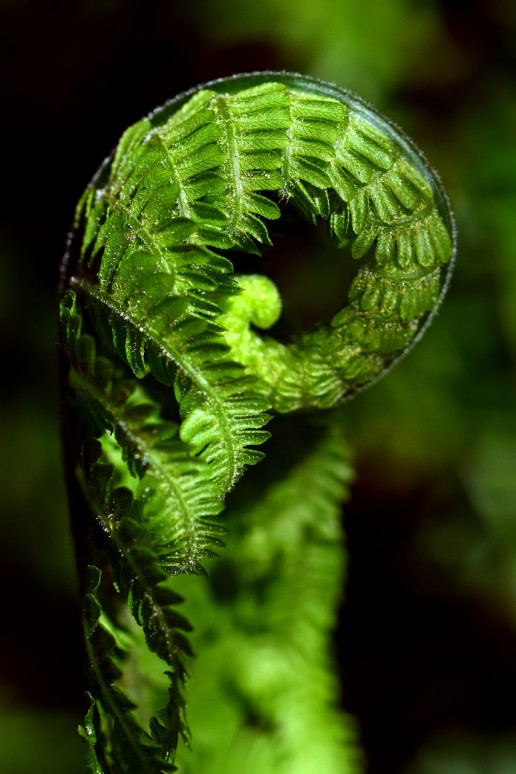
When life hands you gators...
One food staple of the Gladesmen Culture that can’t be overlooked is alligator meat. With the Everglades having so many of them, you could say, “When life hands you gators, make Gatorade.” While probably not the best ingredient for a sports drink, American alligator meat tastes great no matter how it’s cooked. It’s also packed with protein, having nearly 30 grams in a 3.5 ounce serving.
With so many resources available in the South Florida Everglades to live on, it truly does feel like living in paradise!
Postcards From Heaven: Everglades Sunsets
South Florida is praised for its many beaches, largely because of the glorious sunrises that happen there. Since another ocean isn’t that close by, people enjoying their vacation near Miami or Fort Lauderdale tend not to think much of sunsets. Little do they realize that there is a body of water in South Florida where the sunsets rival the sunrise over the sea, the Everglades’ own River of Grass.
The Science of Florida Sunsets
People often consider Florida Everglades sunsets to look like paintings, and like a real painting, sunsets are the result of combining different materials. Some people think having a lot of dust in the atmosphere enhances sunsets, but having clean air is the biggest factor in making epic sunsets.
Clean air helps scatter violet light wavelengths more than other ones because they are closer to the same size as air molecules, more than red light. A good example of this at work is seeing a blue sky overhead through polarized sunglasses on a clear day: notice how much more bold the blue is?
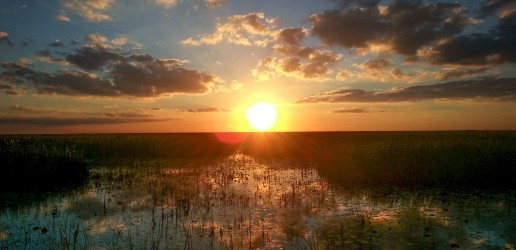
Sunlight takes longer to travel through the atmosphere at sunrise and sunset, and scatters more violet and blue light, showing more orange and red.
The Everglades Wet Season Lends a Hand
In the Everglades, when you move further away from the coast, you definitely get more fresh air than in the city. Out here, far west of cities like Miami, Hollywood, and Fort Lauderdale we also get plenty of another important ingredient for making a beautiful sunset, clouds! The Everglades wet season, which runs from mid-May until November, brings a lot of them in the afternoon, and they help set the stage for many colorful evenings.
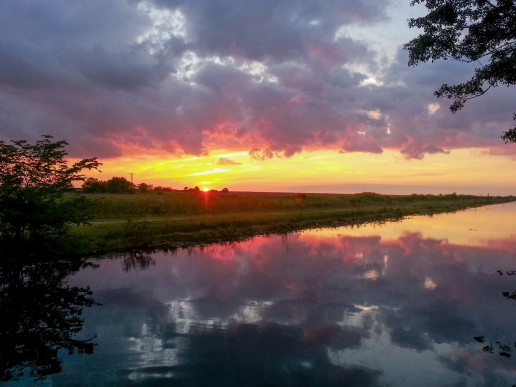
With the air quality in the Florida Everglades being much better than it is in the city, clouds in the lower atmosphere can help add color to sunsets. But the most dazzling colors of an Everglades sunset show up after the sun passes through that layer of clouds. As the sun sinks past the lower atmosphere through the dust and haze, more sunlight reaches higher altitude clouds, producing vivid colors.
Living in this unique corner of Florida, the Gladesmen Culture brings us face to face with a wide variety of Florida wildlife, traveling across miles of different habitats in airboats, and facing extremes of seasonal weather. But at the end of each day, we’re regularly treated to beautiful sunsets that serve as postcards of another day in paradise, a paradise that’s ours to share with you.

